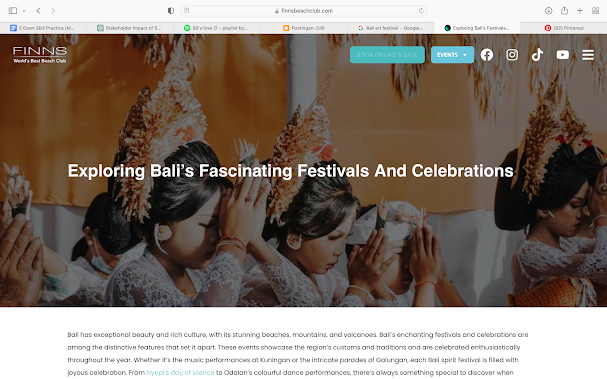Here's my analysis about representation theory
1. What is representation theory?
a) The definition of representation theory by Stuart Hall is a key concept in a cultural studies that that explores how meaning is constructed and conveyed in various forms of media, including television, film, advertising, and other cultural artifacts. developed this theory to understand how media representations shape our understanding of reality, identity, and society. Stuart Hall's theory of representation argues that within a media text, there will oftentimes not be a true representation of events, people, places, or history. Why? Because there can never be one true meaning. Any meaning can always be contested.
b) The meaning:
Hall's theory recognizes that media messages are encoded with intended meanings by the producers or creators. However, these messages can be interpreted and decoded in multiple ways by audiences. The meaning is not fixed but is subject to interpretation based on the audience's cultural, social, and individual contexts.
c) A stereotype is a widely held and oversimplified belief, idea, or image about a particular group of people or things. Stereotypes are often based on assumptions, generalizations, or preconceived notions and can be positive or negative. They typically do not take into account the individual variations and complexities within the group being stereotyped.
d) Stereotype are used for several reasons, and their use often reflects psychological and cognitive processes, social and cultural dynamics, and individual or group motivations. It's important to note that while stereotypes serve various functions, they can also perpetuate biases and lead to negative consequences.
e) Media representations often represent a wide range of social groups, often reflecting on. the diversity of society, and there are some social groups that are often represented in media, such as:
-Gender
-Religion
- Age
-Race/ Ethnicity
2. Two social groups that are stereotyped in Indonesia media :
1) Indigenous and ethnic minorities
-Ethnic minorities often receive positive or favourable representation in media, this positive portrayal emphasize the cultural richness and diversity of these social groups being represented in Indonesia. Indonesian. media includong television, TV news and many others often represent vibrant art and culture that helps promote cultural understanding and appreciation and respect the diverse of the country.
-They often represented Balinese culture as a vibrant and integral part of Indonesian culture, and it is often depicted in media in various ways, Balinese cultural festivals, such as Nyepi (the Balinese New Year), Galungan, and Kuningan, are frequently featured in media. These festivals are known for their elaborate ceremonies, processions, and traditional performances, which are showcased in television programs, documentaries, and news coverage.



.png)


No comments:
Post a Comment